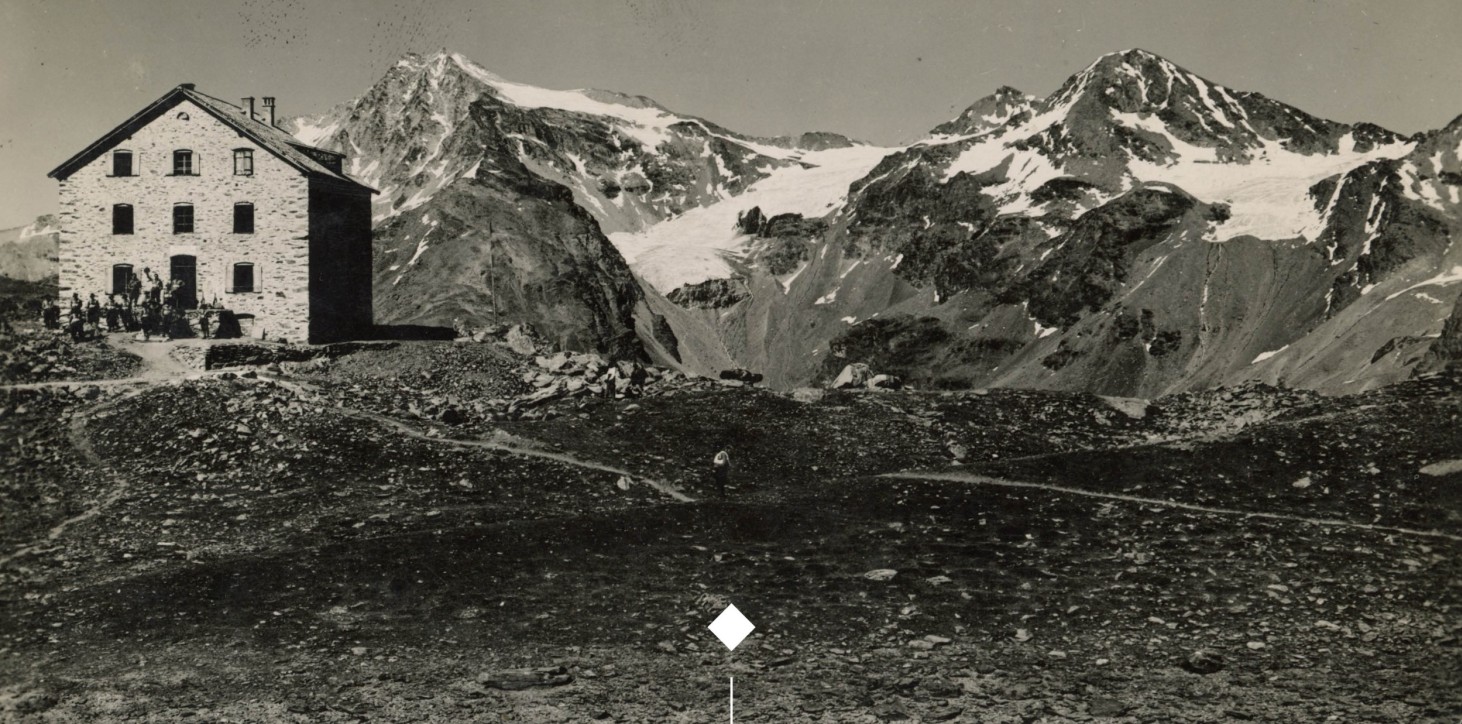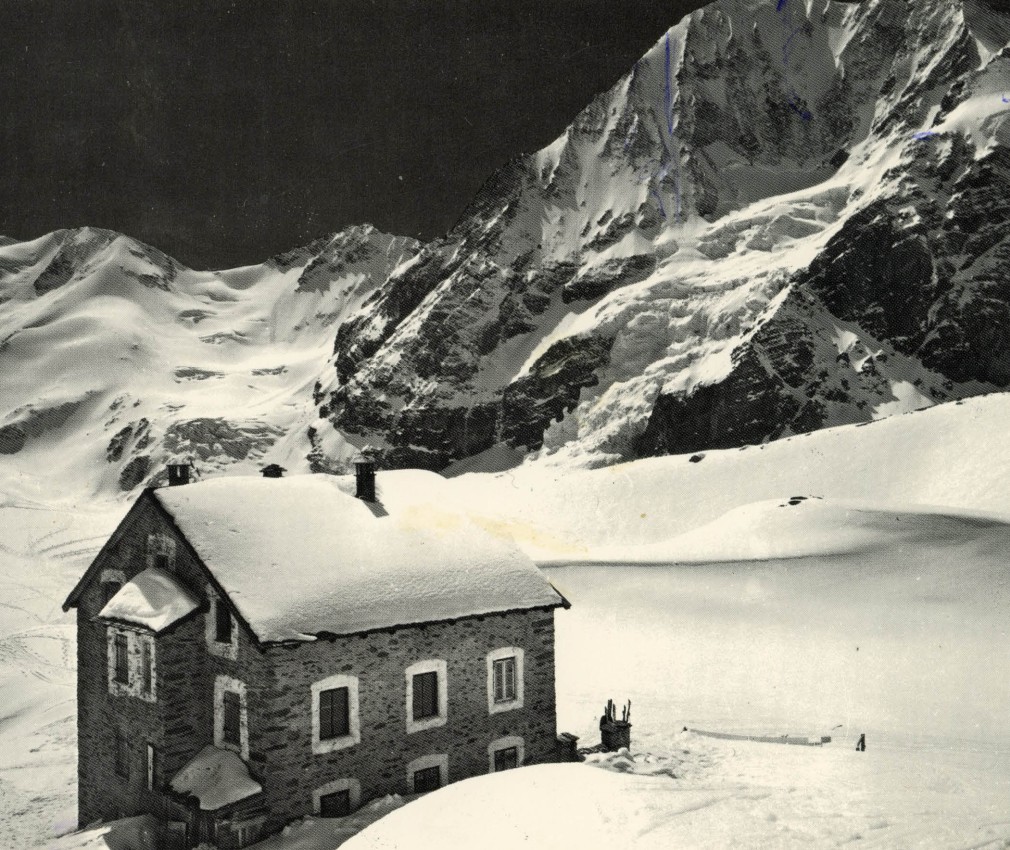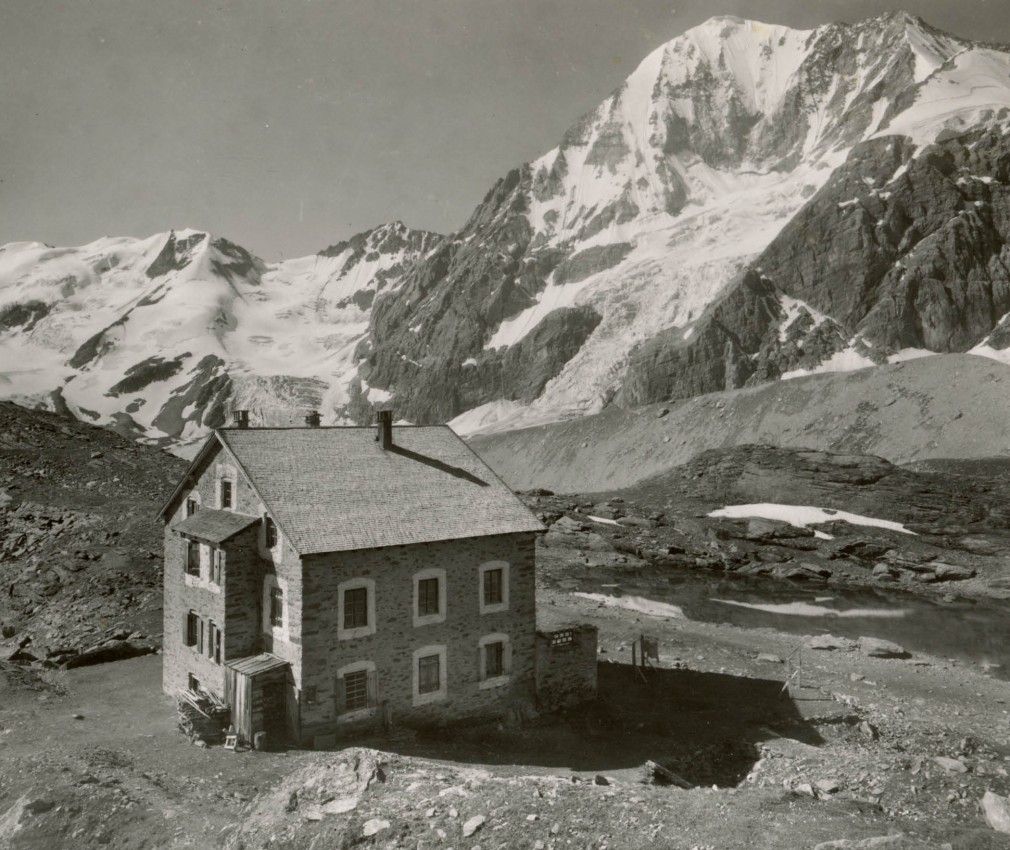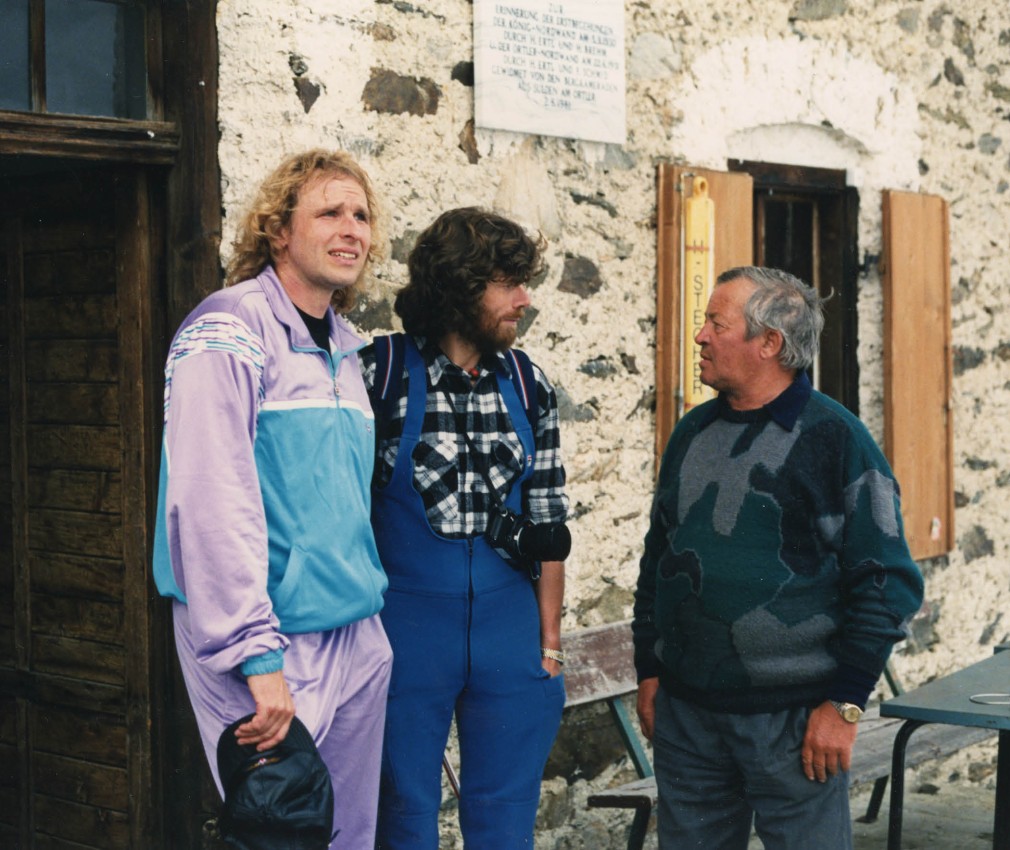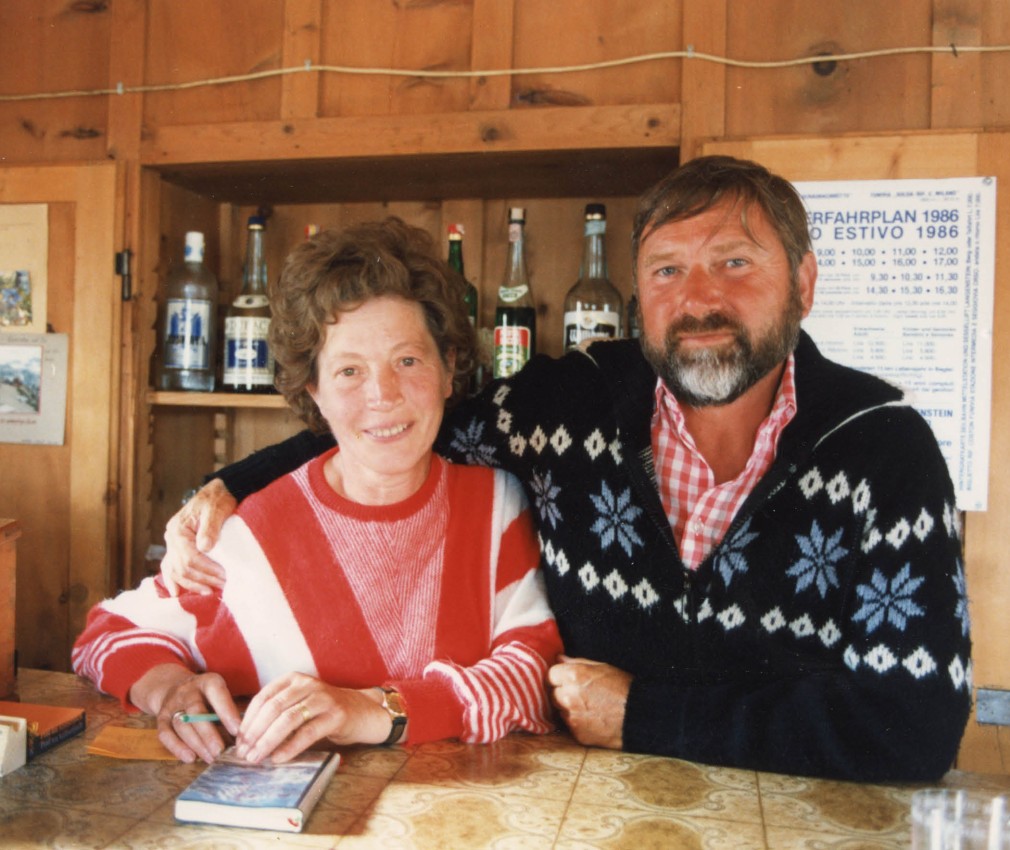During World War I, there was a front in the Ortler area. It was the highest battleground in the entire history of mankind up to that point. It all began with the occupation of the Hochjoch by the Italian troops of the "Alpini." A large part of the...
During World War I, there was a front in the Ortler area. It was the highest battleground in the entire history of mankind up to that point. It all began with the occupation of the Hochjoch by the Italian troops of the "Alpini." A large part of the local population belonged to the Austrian military. The men found themselves compelled literally to take a stand. They occupied the summit of the Ortler and moved the fighting directly into the rock face. Below the summit, they constructed a tunnel of rock and ice in which up to 30 men endured for months. There was a weather station, a field telephone, and even a photo laboratory there. Supplies and fuel were sufficient for about three weeks. Soon, they built a cable car to the summit to supply the fighters with ammunition. From 1916, there was even a cannon on the summit.
The Austrian troops soon occupied the nearby Königsspitze as well, while the Italian Alpini moved to one of its ridges. Much more fighting took place at this front than directly on the Ortler. The Austrian side also built a cable car to this peak and established heated barracks in a crevasse at the foot of the mountain. Initially, it could accommodate 16 soldiers, later 25 men. The trench was destroyed by a lightning strike.
For the fighters on both sides, the enemy was not the biggest problem despite the machine guns – instead the weather in the mountains claimed the most lives. Avalanches, lightning strikes, and freezing cold were everyday challenges. Because war never takes a winter break, the soldiers were frequently forced to clear several metres of snow from their positions. Nevertheless, they were completely cut off from the outside world. And so to maintain contact, carrier pigeons were used.
To this day, remains of the fortifications, equipment, and even live ammunition serve as a reminder of the madness that occurred over 100 years ago. This mountain front shows once again how senseless war is.

